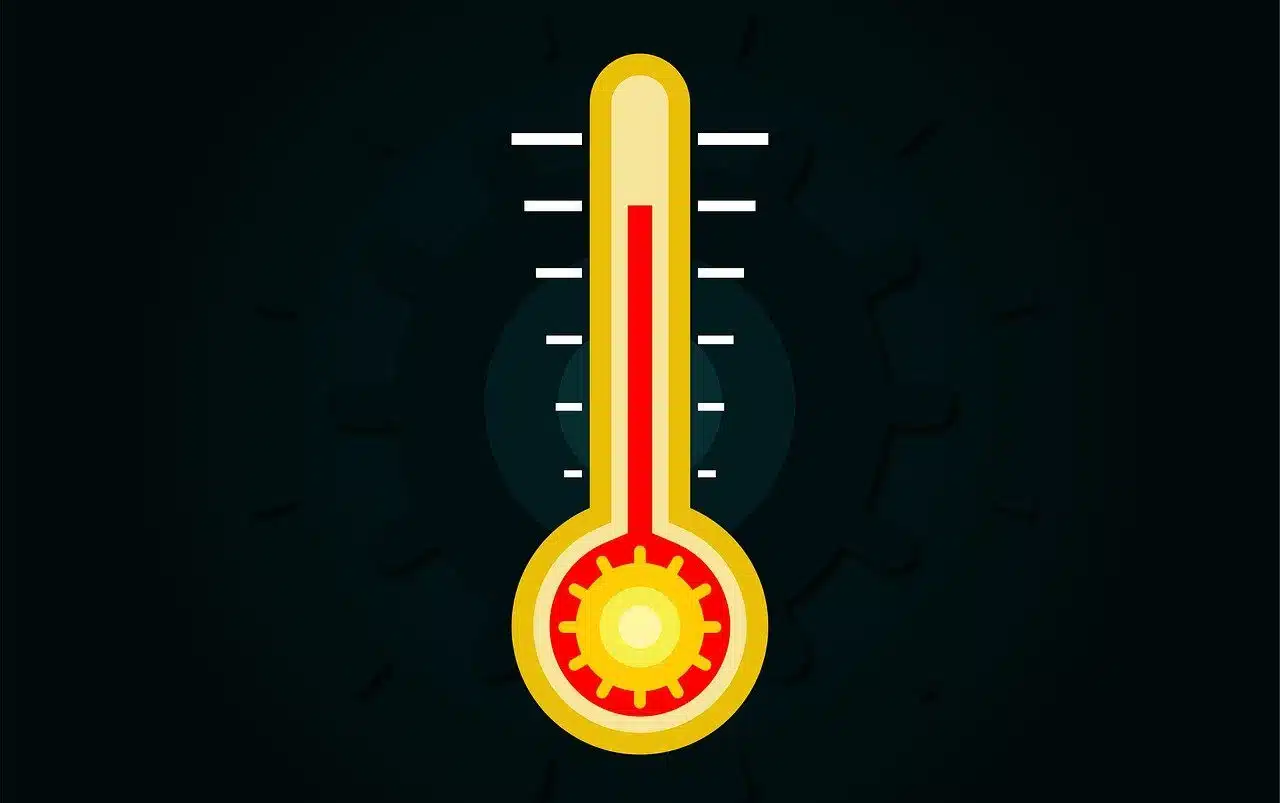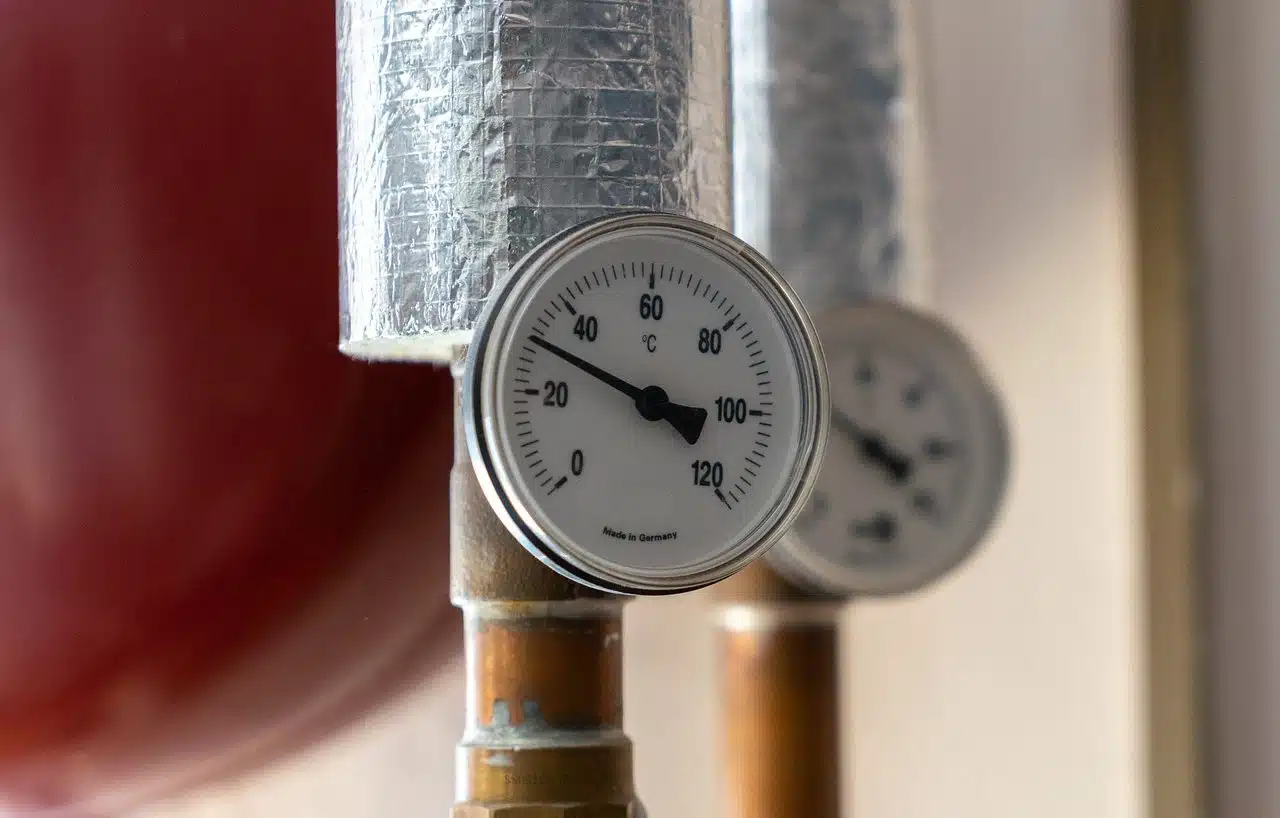
Gibbs free energy obeys the laws of thermodynamics.
The Gibbs free energy is that which allows the use of a chemical reaction to carry out work at constant pressure and temperature. In other words, it is the energy available so that a thermodynamic system can be realized .
This thermodynamic potential makes it possible to predict the spontaneity of a reaction. By relating enthalpy , entropy and temperature , the Gibbs free energy can be obtained: the corresponding equation indicates that the Gibbs free energy is equal to the enthalpy minus the product of temperature and entropy.
Discovery of Gibbs free energy
Gibbs free energy is also known as Gibbs energy , Gibbs function , or free enthalpy . Its name pays tribute to the American physicist Josiah Willard Gibbs ( 1839 – 1903 ), recognized for his valuable contributions to thermodynamics .
In the 1870s , Gibbs presented a series of papers on thermodynamic state functions. In them, he defines enthalpy and free enthalpy and proposes notions such as chemical potential , phase rule and statistical mechanics .

When the temperature is high, the endothermic reaction that increases the entropy of the system develops spontaneously.
Main concepts
It is necessary to be clear about various concepts to understand what Gibbs free energy is. It must be considered that a thermodynamic system is an area of the universe that is taken as an object of study, isolating it from the rest. This system can be classified as open (when it exchanges matter and energy with the outside), closed (it does not exchange matter, but it does exchange energy) or isolated (it does not exchange matter or energy).
The amount of energy that a thermodynamic system exchanges with the outside is called enthalpy ( H ). It is calculated by adding the internal energy and the product of the pressure and volume of the system.
The idea of entropy ( S ), meanwhile, refers to the energy that is not used to perform work . The term is considered as a measure of the disorder evidenced by a thermodynamic system.
Temperature ( T ) is another key notion. This is the name given to the physical magnitude that indicates the degree of heat or cold. In the specific case of heat , at a physical level it is the energy that passes from one body to another, causing changes of state.

The exothermic reaction that decreases the entropy of the thermodynamic system is spontaneous at low temperature.
Calculating the Gibbs free energy
The equation that allows calculating the Gibbs free energy is the following:
G = H – TS
It must be taken into account that the variation of the Gibbs free energy in a chemical reaction , considered at a specific temperature, indicates its spontaneity . In this framework, spontaneity means that, once the reaction has started, it develops on its own without requiring an input of energy from the outside. The reaction, therefore, unfolds until the exhaustion of the reactants occurs.
Thus, the equation used to calculate the variation (▲) of the Gibbs free energy includes, precisely, the changes in enthalpy and entropy:
▲G = ▲H – T▲S
When a system uses its free energy (that is, that which is at its disposal for the development of work), the variation of the Giggs free energy is negative. It should be noted that a system cannot produce energy on its own, so it must obtain it from outside if it needs it.
It must be considered that all the energy in the system is reflected in the entropy. Therefore, when energy (heat) is incorporated, the entropy increases and the particles become disordered.
The variation
The variation of the Gibbs free energy reveals a condition of the chemical reaction:
- If the variation is less than 0, the reaction is spontaneous .
- If the variation is greater than 0, the reaction is not spontaneous (that is, work needs to be done for it to happen).
- If the variation is equal to 0, the reaction is in its equilibrium condition.
Spontaneity , in short, is the tendency that a reaction shows to develop naturally : if it is spontaneous, the process is carried out naturally. This occurs when the change in Giggs free energy is negative.
On the other hand, if the system is required to do work so that the reaction can take place, this reaction is non-spontaneous. In these cases, the change in the Giggs free energy is positive.
Calculating the Gibbs free energy is relevant to predict the spontaneity of a chemical reaction. Before experimenting in a laboratory, scientists often resort to these calculations to know whether or not they will require some external process to cause the reaction to take place.
It cannot be omitted to mention that the variation of the Gibbs free energy , as we have already seen, is associated with temperature. There are chemical reactions that are spontaneous only below or above a certain temperature; In other cases, reactions may always be spontaneous or, on the contrary, never spontaneous.
